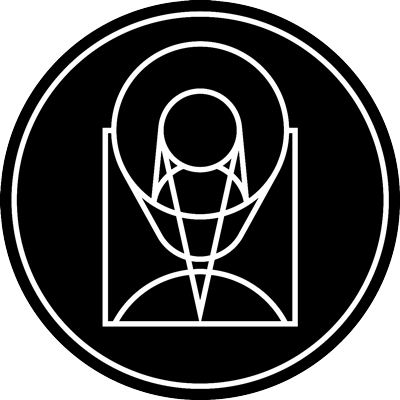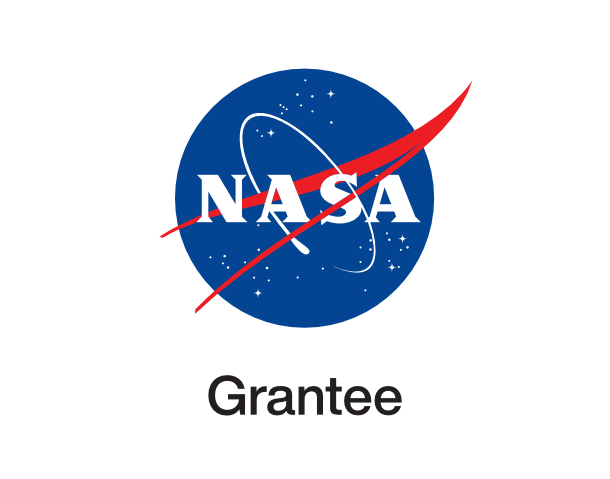Globular Star Cluster M14

stsci_1990-12a October 14th, 1990
Credit: NASA, ESA, and STScI Ground Image: Cerro Tololo Inter-American Observatory, Chile
This pair of images of a region in the globular star cluster M14, (located 70,000 light-years away) clearly demonstrate the high spatial resolution of NASA's Hubble Space Telescope, as compared to the view from a ground-based telescope. The image on the left, taken with the 4-meter telescope at Cerro Tololo Inter-American Observatory in Chile, has a resolution of 1.5 arc seconds. The image on the right, taken with European Space Agency's Faint Object Camera (FOC) aboard HST, yields stellar diameters of 0.08 arc second. The FOC picture reveals literally hundreds of separate stars in a tiny region of the cluster where only dozens are distinguishable on the ground-based image. Numerous faint stars, apparently single objects in the ground-based CCD (Charge Coupled Device) image, are clearly resolved into multiple objects in the FOC image. The field of view is 22 x 22 arcseconds. (The diagonal strips at the upper left and lower right comers are occulting "fingers" designed to block the light from bright sources). This FOC picture was taken in an attempt to identify the location of a rare stellar outburst; or nova, which occured in the year 1938. The FOC resolves five separate stars in the nova's suspected location, which previously appeared as only one object in ground-based images. Presumably only one of these five stars is the old nova; though it is also possible that the nova is too faint to be seen. These images will be used to support follow-on observations which are planned by the HST's Faint Object Spectrograph (FOS).
Provider: Space Telescope Science Institute
Image Source: https://hubblesite.org/contents/news-releases/1990/news-1990-12
Curator: STScI, Baltimore, MD, USA
Image Use Policy: http://hubblesite.org/copyright/

- ID
- 1990-12a
- Subject Category
- B.3.6.4.2
- Subject Name
- M14, NGC 6402
- Credits
- NASA, ESA, and STScI Ground Image: Cerro Tololo Inter-American Observatory, Chile
- Release Date
- 1990-10-14T00:00:00
- Lightyears
- 70,000
- Redshift
- 70,000
- Reference Url
- https://hubblesite.org/contents/news-releases/1990/news-1990-12
- Type
- Collage
- Image Quality
- Good
- Distance Notes
- Light Years
- Facility
- Hubble, Hubble
- Instrument
- FOC, FOC
- Color Assignment
- Grayscale, Grayscale
- Band
- Ultraviolet, Optical
- Bandpass
- U, B
- Central Wavelength
- 342, 430
- Start Time
- Integration Time
- Dataset ID
- Notes
- Coordinate Frame
- ICRS
- Equinox
- Reference Value
- 17.6272053, -3.2438417
- Reference Dimension
- Reference Pixel
- Scale
- Rotation
- Coordinate System Projection:
- Quality
- Position
- FITS Header
- Notes
- Creator (Curator)
- STScI
- URL
- http://hubblesite.org
- Name
- Space Telescope Science Institute Office of Public Outreach
- outreach@stsci.edu
- Telephone
- 410-338-4444
- Address
- 3700 San Martin Drive
- City
- Baltimore
- State/Province
- MD
- Postal Code
- 21218
- Country
- USA
- Rights
- http://hubblesite.org/copyright/
- Publisher
- STScI
- Publisher ID
- stsci
- Resource ID
- STSCI-H-p9012a-f-1900x1108.tif
- Resource URL
- https://mast.stsci.edu/api/latest/Download/file?uri=mast:OPO/product/STSCI-H-p9012a-f-1900x1108.tif
- Related Resources
- http://hubblesite.org/newscenter/archive/releases/1990/12
- Metadata Date
- 2022-07-06T00:00:00
- Metadata Version
- 1.2
Detailed color mapping information coming soon...










